

| Z. M. Shalyapina. Recalling One Pioneering Paper, or Semantics and its Formalization in 1961 | |
|
A review is given of the paper «On fundamental importance of taking account of semantics in machine translation» published in 1961 by A.K. Zholkovskiy, N.N. Leont’yeva, and Yu.S. Martem’yanov. It is argued that the paper in question not only introduced new means of formalized linguistic description that were more powerful and more adequate for the tasks of the day, but also revealed and defined a broad range of linguistic problems that until then had gone largely unheeded. Moreover, it pioneered in outlining the ways and principles of solving these problems that have retained their scientific validity up to the present time, thus becoming the source and building block for a variety of schools and avenues of studies on syntax and semantics in today’s theoretical and computational linguistics. |
|
| N. N. Leontyeva. My Way to Machine Translation | |
|
Author’s remembering of the early days of the famous Laboratory |
|
| N. N. Leontyeva. On Semantics — in the Laboratory and After | |
|
Reflections on semantics in the sphere of theoretical and applied linguistics. Discussion on the «junction» problems, especially: what a borderline lies between linguistic knowledge and special (Domain) knowledge when designing an applied system. The properties of the proposed information-linguistic model (ILM) in comparison to famous «Meaning-Text» model are discussed. |
|
| O. O. Bageeva. The Types of Punctuation Layout in the Letters of Semiliterate Authors | |
|
This publication highlights the results of analyses of using punctuation in the (body) collection of letters of semiliterate authors. The first part of the collection was published in the previous volume of the journal; the second part, in the next volume. Two aspects of studying the punctuation — a set of the punctuation marks and the systematic character of their use — are considered in the framework of this article. These aspects are united by the general notion of the «punctuation layout of a semiliterate text.» This article focuses on the classification of the types of the punctuation layout of the texts written by semiliterate authors. |
|
| V. A. Bogushevskaya. Semantics of Colour Terms in Chinese Language: the Theory of Semantic Primitives’ Approach | |
|
The approach of the theory of semantic primitives by Anna Wierzbicka is based on correlation of linguistic terms with basic universal definitions, known as semantic primes, i.e. elementary primitive meanings present in all human languages. According to this theory, colour terms can be associated with the following basic references: night, day, fire, sun, flora, sky and ground. The study of basic colour terms and their references in Chinese language discovered the conceptual differences in red-yellow part of the spectrum. The «macro-white» category appears to be more detailed than in A. Wierzbicka’s colour terms’ evolution order scheme. |
|
| A. V. Esipova, L. N. Arbachakova. Revitalized Words (on the Background of the Shor Heroic Epos) | |
|
The article is dedicated to analysis of archaic lexical forms met in unpublished heroic legends of the Shor people, which are included into the text basis of computer corpus of the Shor texts. The meanings of the bogatyrs’ names and those of underground monsters, notions of some representatives of myth and real animals world’s naming, the elements of the house, myth and real landscape and also figurative words, used for expression are analyzed. 46 words, revitalized by the language and cultural-historic analysis help to deeper understanding of the Shor folklore — depository of forgotten meanings and notions, names of gone things, reflection of the history of scanty ethnos of the Southern Siberia, which is now rescued to disappear. |
|
| N. A. Korotaev. Measuring Prosodic Integration in Clause Combining: Pauses at Syntactic Borders | |
|
The paper reports a corpus-based study of pauses occurring (or missing) between matrix and embedded clauses in complex oral structures. It is argued that the length of such pauses may be used to account for a degree of semantic integration. In complex clauses as a whole, boundary pauses are significantly shorter and less frequent than in arbitrary sequences of discourse chunks. At the same time, different pausation strategies are characteristic of the three traditionally recognized syntactic types: complement clauses, relative clauses, and adverbial clauses. The main part of the paper contains an analysis and a discussion of those differences. |
|
| E. V. Muravenko. On Changes in Meaning and Government of the Russian Verb Skuchat’ | |
|
The article deals with changes in meaning and government of the Russian verb skuchat’ ‘be bored’ from the end of 18th century to the present day. The reasons for these changes are analyzed, and it has been shown that these changes are of system character. The author presents the project of a new specialized dictionary, reflecting changes in Russian language government over the period from the end of 18th century to the present day, and introduces a sample dictionary article for the verb skuchat’ |
|
| S. I. Pereverzeva. A Formal Definition of the «Body Parts’ Orientation» Feature | |
|
In this paper I discuss some features of human body and body parts giving attention to the feature ‘orientation’. I provide a formal definition of the notion ‘orientation of body and its parts’ and introduce some concepts closely related to this feature. I also outline a typology of minimal pairs of so-called ‘gestures with orientation’. |
|
| I. A. Sharonov. Problems of Volitive Interjections Analysis and Description | |
|
Volitive interjections are defined in the article as a group of language appeal signals, which have no associations with other language units.. The group consists of vocal gestures, loan words and transforms of imperative constructions. To describe usage of volitive interjections it is important to reveal their semantic characteristics. They are presented in the article as oppositions: completion or stop of activity VS modification of activity; warning VS stop of activity; stop of any activity VS stop of speech activity; command, order VS warn, calm; neutral VS stylistically marked form; obligatory gesture VS facultative gesture. These characteristics make possible to describe usage of volitive interjections in speech. |
|
| E. V. Brechalova. An Approach to the Formal Semantic and Syntactic Analysis of Korean Sentences | |
|
The purpose of the present paper is to describe a procedure designing some kind of syntactical marking of modern Korean sentences. The marking consists of two components. The first one shows some linear fragmentation of a sentence. To recover fragments, the procedure appeals to a short list of affixes. The second component shows a hypothetical actantpredicate structure of the same sentence. The procedure finds predicatives and their actants mostly within fragments. Rules designing the second component use a dictionary of predicatives which includes information on number of their valencies and grammatical forms of their potentional actants. Such marking can be viewed as a good start for subsequent syntactical and semantic analysis. To prove the procedure, a computer program was realized in Python and tested on a set of Korean sentences. |
|
| M. V. Ermakov.Revealing the Lexical Nucleus of a Linguistic Situation (the Case of Criminal Reports) | |
|
In the scope of this paper is an important problem of text semantic analysis, specifically revealing the situations described in a text. The content of a situation is not always expressed by the syntactically main node (usually, by a verb). Meanings of syntactically main nodes of sentences are considered in this paper (on a corpus of criminal reports). The statistics is given. The main aim is to reveal the lexical nucleus of a situation — i.e. a word or a group of words most precisely reflecting the content of a situation. Some approaches to selecting lexical nuclei for different types of syntactically main nodes of sentences are suggested. |
|
| A. G. Kozintsev. Humorous Virtual Agents and the Theory of Humor | |
|
The article explores the relevance of artificial humorous agents (computer joke generators) for humor theory. All artificial jokes are based either on random inversions at any level or on punning. Any meanings generated that way appear to be artificial add-ons to a likewise artificial play of sounds, sentences, and situations. In humor, the inexhaustible generativity of language is even more evident than in serious discourse; however, rather than extending the boundaries of the admissible as the poetic speech does, humor oversteps these boundaries and turns verbal play into a means of undermining reference. Artificial humorous agents therefore function in full accord with the basic principles of humor. |
|
| A. I. Koval. Alfred Naumovich Zhurinskij — the Scientist and Personality | |
|
The paper contains the memoirs of the author about her colleague and friend A.N. Zhurinskij. Especial attention is payed to his personal identity and scientific interests. |
|
| E. V. Muravenko. A.N. Zhurinsky’s Linguistic Problems | |
|
The article is devoted to the memory of the talented linguist A.N. Zhurinsky. The author points out his role in the development of the genre of self-sufficient problem and of linguistic olympiads. |
|
| A. V. Kozmin, S. Y. Neklyudov. A. N. Zhurinsky’s «Riddles» | |
|
The article is on A.N. Zhurinsky as riddles researcher and on his posthumous «Riddles of Oriental Peoples» book. |
|
| T. B. Agranat. Votic texts with glosses | |
|
The article includes 5 texts in Jogopera subdialect of the Votic language, written down by the author during the field work. The texts are presented in the phonetic transcription, in Russian translation and in phonemic transcription with glosses. Votic is the minor unwritten Uralic (balto-finnic) language; only about 15 old persons speaking it remain in the two villages near Saint-Petrsbourg. |
|
| O. A. Kazakevich, N. K. Mitrofanova, T. L. Rudnitskaya. Life Stories of Autochthonous Populations of Siberia: Publications of Glossed Texts (2nd Publication) | |
|
The article is the second of the two planned journal publications of morphologically indexed and commented texts prepared within the project «Changing Russia in life stories of the Ket, Selkup, and Evenki» being realized at the Laboratory for Computational Lexicography, Research Computer Centre, Lomonosov Moscow State University with financial support from the Russian Foundation for the Humanities, grant 07-04-00-332. The objective of the project is the processing, grammatical indexing, discourse and content analyzing, and preparing for publication (both as a book and as an Internet resource) of Ket, Selkup, and Evenki life stories recorded during the linguistic expeditions to the Upper- and Middle Taz and the Middle Yenisei basins led in 1996-2007. The historical events form the background of personal life stories, and we can see these events from the view-point of the story-tellers, thus getting a new dimension in understanding the history of our country. The article presents one Selkup and two Evenki life stories. The form of the text presentation used in the publication was developed in the framework of the project LangueDOC led by Alexandr E. Kibrik. | |
Editorial contacts:
Miusskaya sq. 6, building 2, Moscow, 125993, Russia,
Institute of Linguistics, RSUH
Mail to:
msk.ling.j@gmail.com